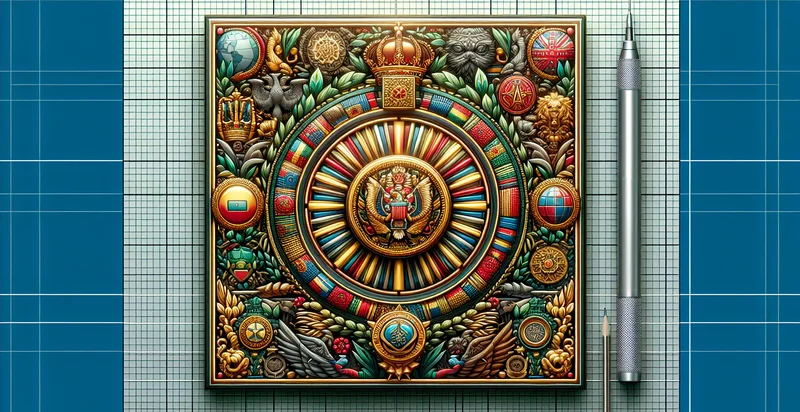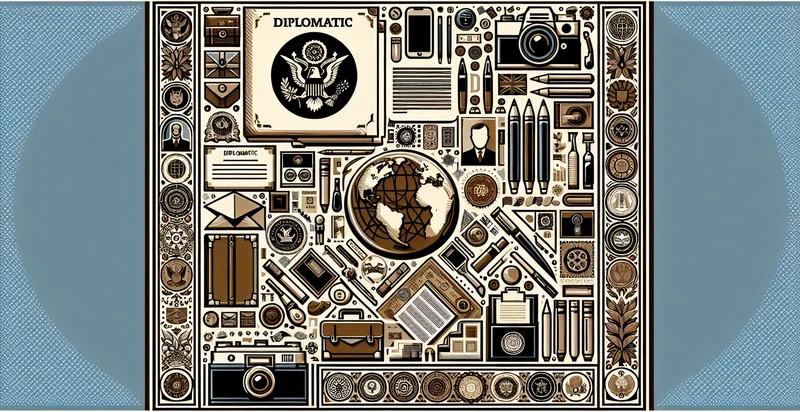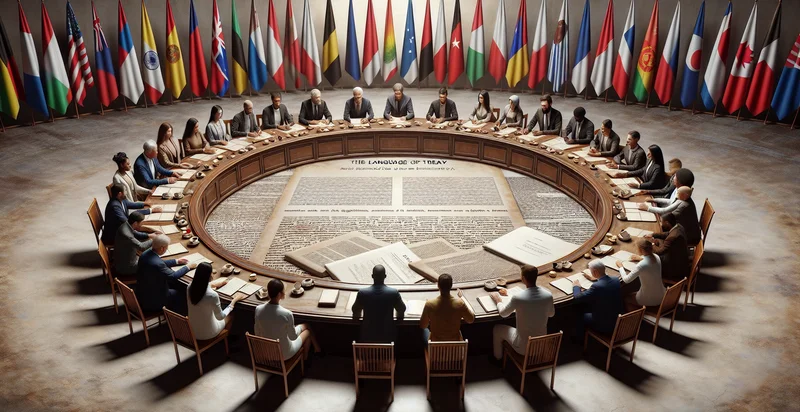Identify language of diplomatic note
using AI
Below is a free classifier to identify language of diplomatic note. Just input your text, and our AI will predict the tone and formality of diplomatic communications. - in just seconds.

Contact us for API access
Or, use Nyckel to build highly-accurate custom classifiers in just minutes. No PhD required.
Get started
import nyckel
credentials = nyckel.Credentials("YOUR_CLIENT_ID", "YOUR_CLIENT_SECRET")
nyckel.invoke("language-of-diplomatic-note", "your_text_here", credentials)
fetch('https://www.nyckel.com/v1/functions/language-of-diplomatic-note/invoke', {
method: 'POST',
headers: {
'Authorization': 'Bearer ' + 'YOUR_BEARER_TOKEN',
'Content-Type': 'application/json',
},
body: JSON.stringify(
{"data": "your_text_here"}
)
})
.then(response => response.json())
.then(data => console.log(data));
curl -X POST \
-H "Content-Type: application/json" \
-H "Authorization: Bearer YOUR_BEARER_TOKEN" \
-d '{"data": "your_text_here"}' \
https://www.nyckel.com/v1/functions/language-of-diplomatic-note/invoke
How this classifier works
To start, input the text that you'd like analyzed. Our AI tool will then predict the tone and formality of diplomatic communications..
This pretrained text model uses a Nyckel-created dataset and has 31 labels, including Arabic, Bengali, Czech, Danish, Dutch, English, Filipino, Finnish, French and German.
We'll also show a confidence score (the higher the number, the more confident the AI model is around the tone and formality of diplomatic communications.).
Whether you're just curious or building language of diplomatic note detection into your application, we hope our classifier proves helpful.
Related Classifiers
Need to identify language of diplomatic note at scale?
Get API or Zapier access to this classifier for free. It's perfect for:
- International Relations Analysis: Governments can utilize the language of diplomatic note identifier to analyze and interpret communications from foreign entities. By classifying these communications accurately, analysts can assess the tone, intent, and potential implications for national policy and diplomatic relations.
- Crisis Management: In situations of diplomatic tension, this function can help identify and categorize the language used in urgent diplomatic communications. By quickly analyzing the wording and sentiment, decision-makers can gauge the severity of the situation and formulate appropriate responses.
- Policy Development: Organizations studying diplomatic language can enhance their policy development process by identifying patterns and trends in diplomatic communications over time. This understanding can inform the crafting of more effective diplomatic policies and strategic initiatives.
- Language Training for Diplomats: Training programs can leverage the identifier to teach future diplomats about the nuances of diplomatic language. By analyzing various diplomatic notes, trainees can learn to identify key phrases, tones, and contexts that are essential for effective communication.
- Sentiment Analysis for Public Relations: Corporations engaged in international business can use the identifier to analyze communications issued by foreign governments. This analysis can help assess public sentiment and perception, enabling companies to adapt their public relations strategies accordingly.
- Research and Academia: Academic institutions and researchers can employ the language of diplomatic note identifier in studies focused on international relations and communication. By classifying and analyzing diplomatic correspondence, researchers can draw insights into historical and contemporary diplomatic practices.
- Automated Regulatory Compliance: Organizations that interact with governmental bodies can use this functionality to ensure that their communications adhere to required diplomatic standards. The identifier can help flag any language that deviates from acceptable norms, aiding in compliance and reducing the risk of misunderstandings.


